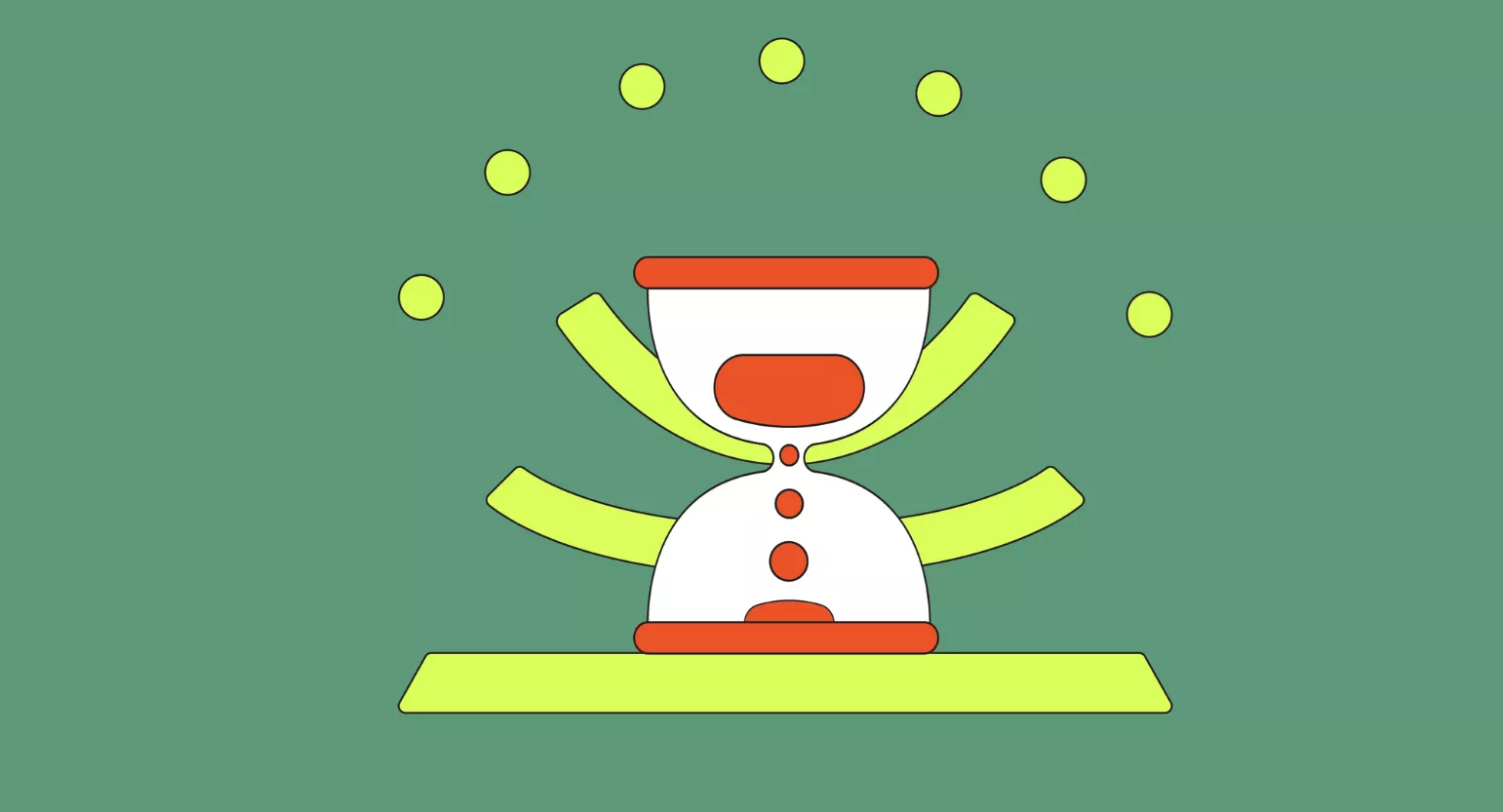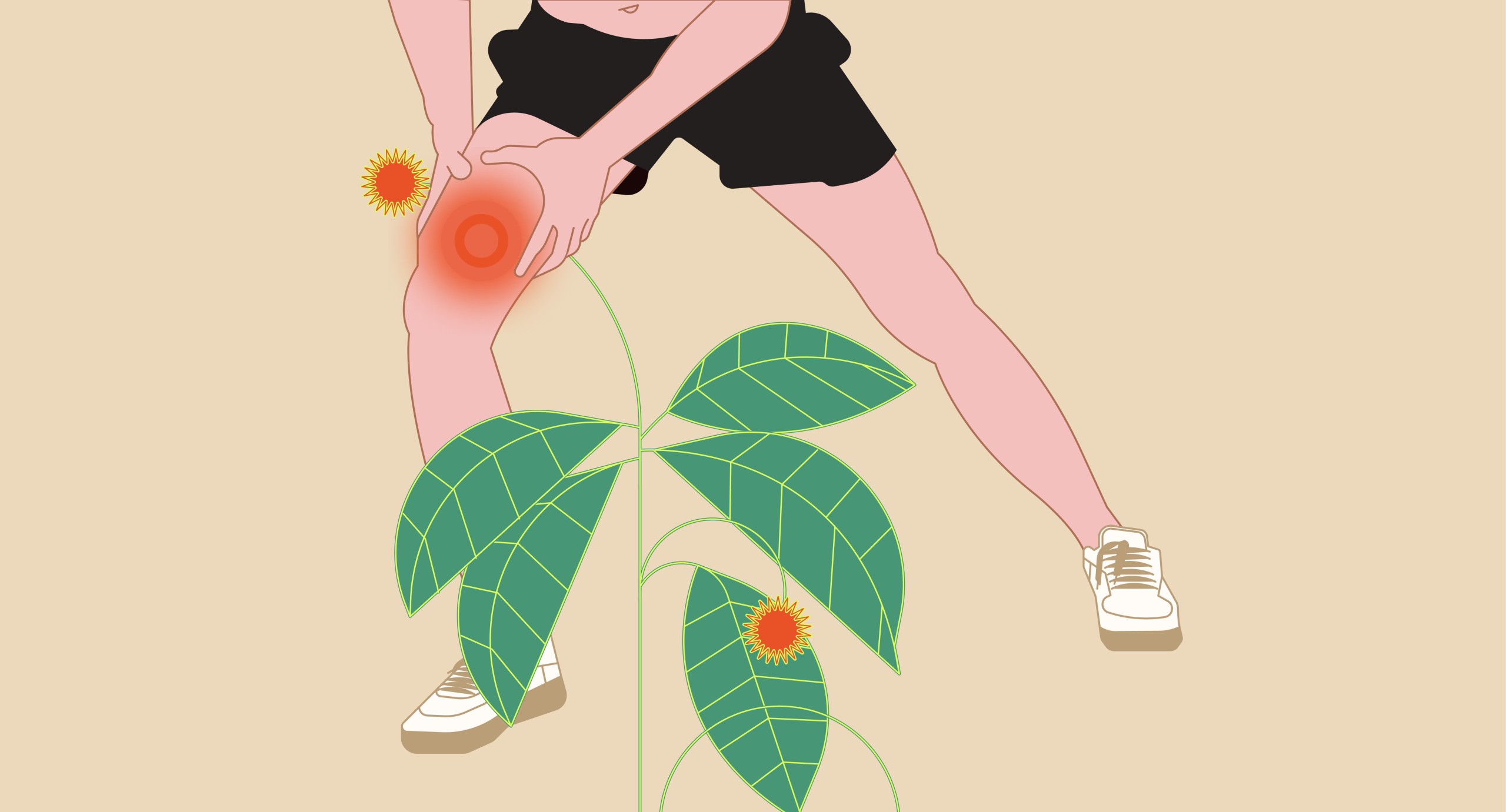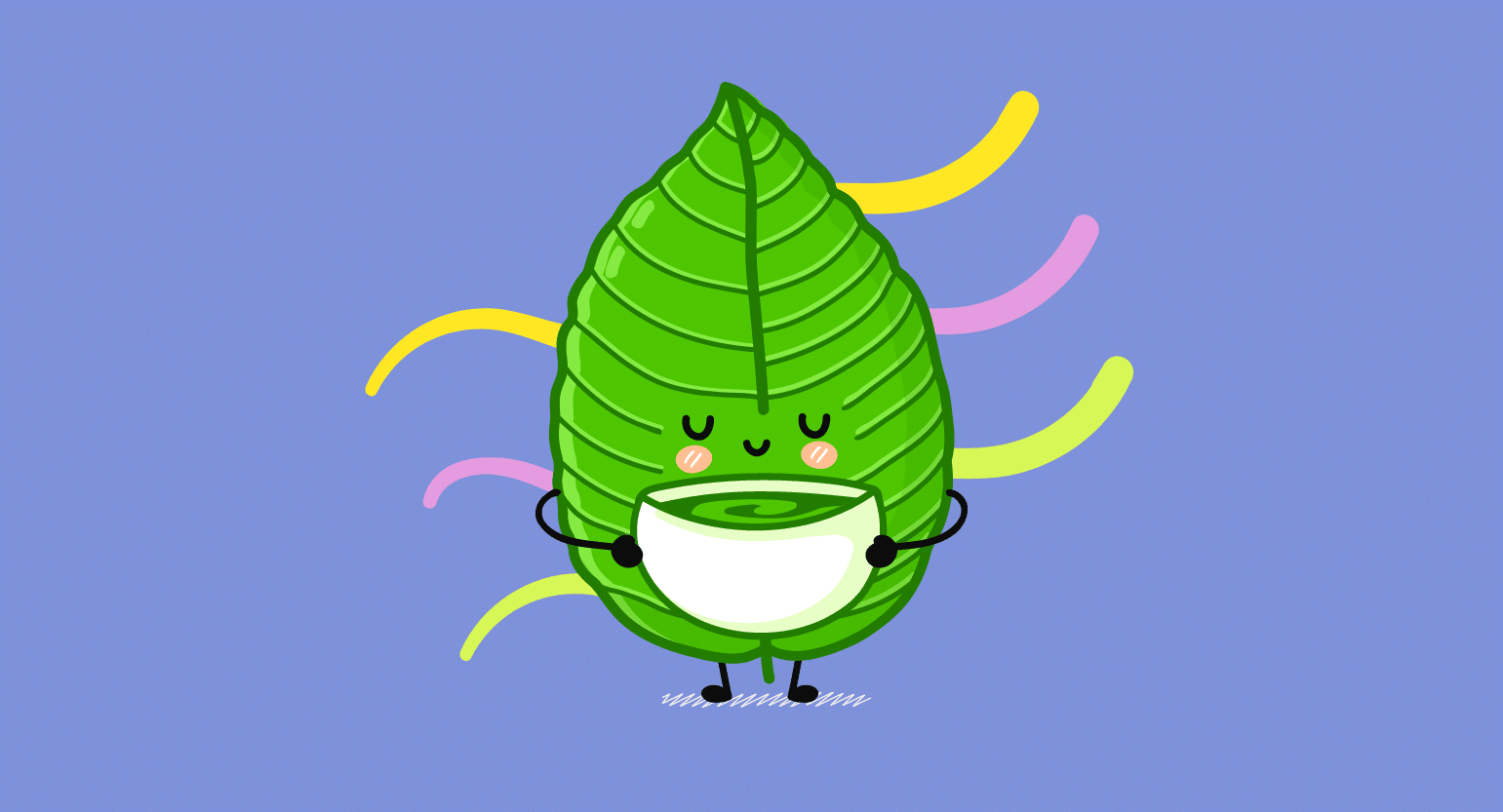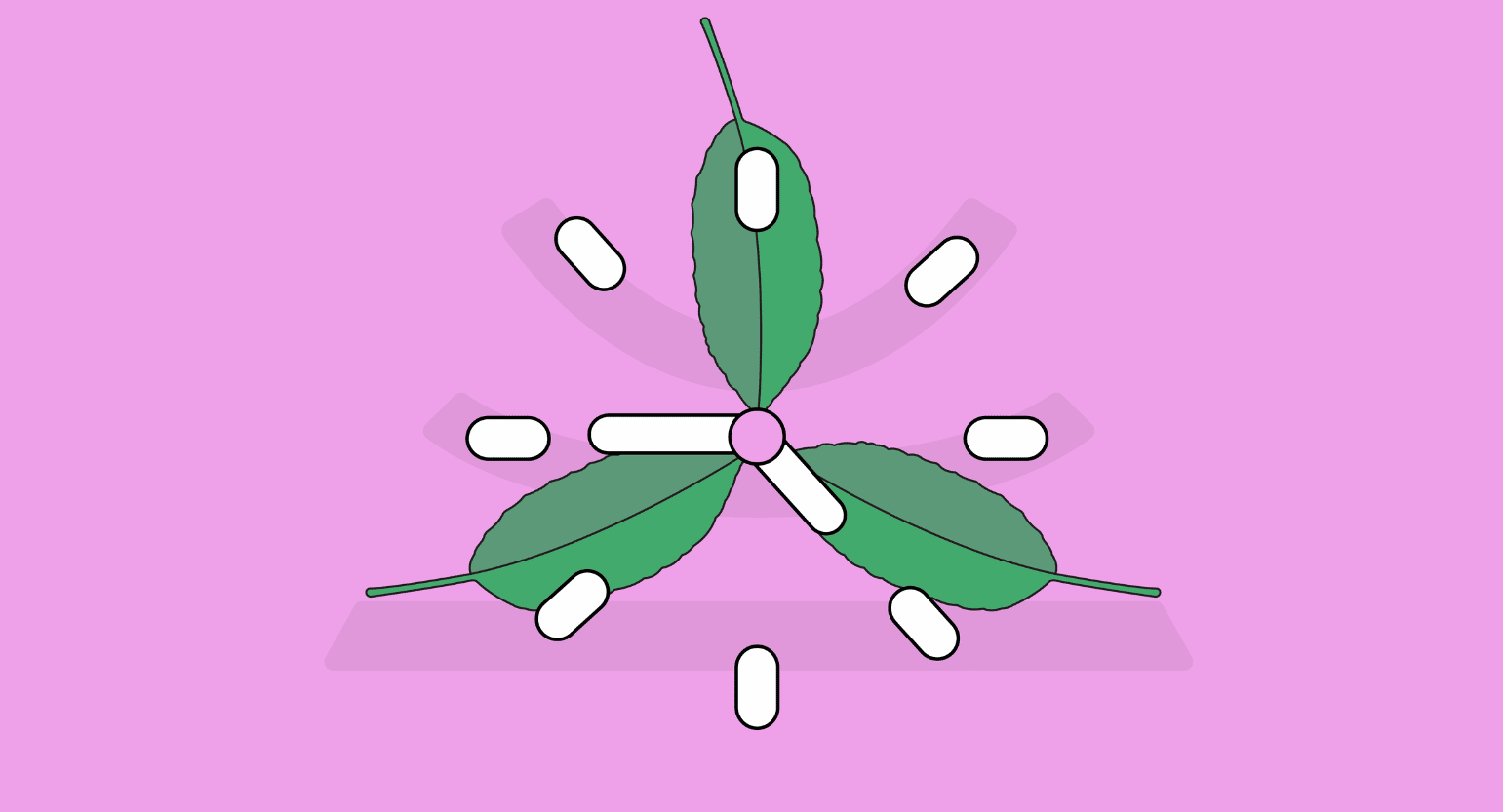Bad Posture & Chronic Pain
Keeping a healthy spine is paramount for your health, as it absorbs shock and maintains balance in your body. Over time, poor posture can quite literally alter your spine’s shape, making it no longer function as efficiently as it should [1].
Bad posture causes your neck and back muscles to overcompensate. One study shows that your head only weighs about ten pounds when aligned with your neck, but that weight nearly doubles for every inch you lean forward [2]. Considering how often our heads look down at our phones, this adds up.
Poor posture, in turn, causes headaches, pain, and stiffness.
Many chronic pain cases nowadays are caused by poor posture, especially because of the prevalence of desk jobs and phones. In the long term, it can lead to joint degeneration, migraines, and other afflictions that will affect your everyday life.
We’ll delve into how to fix and prevent this further below.
On the flip side, good posture can improve your health — and life —in many ways.
Improving Your Posture
The first and most critical step in fixing bad posture is what is commonly called “postural awareness” [1]. Just as you can adopt a bad habit of slouching on your chair or not keeping your neck straight, you can force yourself to adopt the positive practice of being aware of your posture.
You can promote postural awareness by constantly reminding yourself of good posture practices. Whenever you find yourself in a bad posture, correct it and keep it like that for as long as possible. Eventually, your posture will improve with less effort.
Good posture practices while standing involve:
- Evenly distributing your weight
- Keeping a leveled head
- Keeping your feet about shoulder-width apart
- Keeping your shoulders back
- Pulling your stomach in
- Trying to stand up tall and straight
Good posture practices while sitting involve:
- Keeping your elbows close to your body
- Make sure your thighs, back, and hips are fully supported
- Not crossing your legs
- Relaxing your shoulders
- Touching the floor with your feet
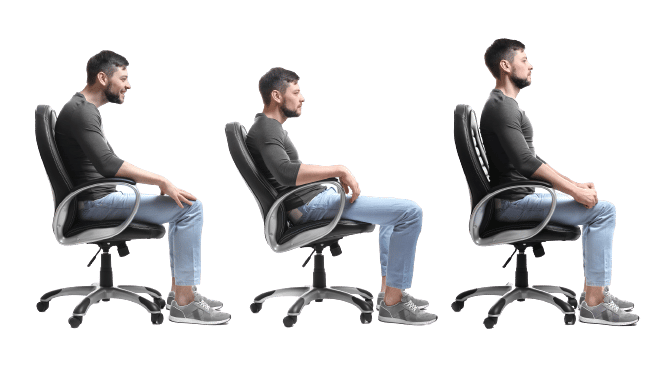
Lastly, stay physically active and maintain a healthy weight. You would also do well by gently stretching your muscles and taking brief walks every hour.
Still, you will feel pain while adopting a new, positive posture. Although pain medications may work for some people, most have unpleasant side effects. On the other hand, kratom has negligible side effects and is tremendously effective in combating pain.
How Common is Chronic Back Pain?
Back pains are among the leading cause of work disability. An estimated 25% of adults in the US currently experience some kind of chronic discomfort.
The spine is a delicate structure that needs both stability and flexibility, so it’s no wonder it can be a source of pain for many. Injuries aren’t the only cause of chronic back pain; a sedentary lifestyle can also strain our spines.
If you’re noticing early signs of chronic back pain, taking preventative steps could go a long way in easing your discomfort and avoiding future complications.
Below, we’ll expand on the most common symptoms you should be on the lookout for.
Related: Pain by the Numbers — Statistics & Facts

Signs & Symptoms of Chronic Back Pain
Chronic back pain is not always easy to spot, as it can manifest in several ways and often seems like an injury. Pain in the back, especially the lower back, is a common sign of injury.
Pain in the hips, legs, and neck due to compressed nerves or postural issues are also regular indications of a potential back injury or chronic ache. Problems in the back also lead to sciatica, which can be felt in the hip and upper leg.
Symptoms of chronic back pain include:
- Dull aching
- General stiffness
- Mild to severe pain that doesn’t go away
- Stabbing or burning pain
Back pain usually improves with basic self-care and rest. Still, you should contact your doctor if your back pain lasts more than a few weeks and it:
- Causes bladder or bowel problems
- Causes weakness, tingling, or numbness in your legs
- Doesn’t improve with rest
- Spreads down to your legs
By paying attention to which movements and positions trigger pain, you’ll be able to pinpoint if you’re suffering from a possible injury.
Always see a medical professional who can correctly diagnose you and get you the proper treatment as soon as possible.

Can Kratom Help With Chronic Back Pain?
A well-known alternative medicine for pain, kratom blocks pain signals before the brain can process them. This characteristic makes it effective against any aches, including chronic back pain.
The herb has many alkaloids that induce the body’s opioid receptors to diminish pain. The most essential naturally occurring chemicals are mitragynine and 7-hydroxymitragynine, the latter being the most important when treating back pain.
Kratom helps deal with chronic back pain because:
- It affects the concentration of dopamine in the central nervous system (CNS), relieving pain by changing how the brain interprets pain signals [2].
- It alters serotonin levels and increases its absorption in the CNS [3].
- It combats depression and anxiety, common conditions in those afflicted by chronic back pain.
- It improves your sleep quality by slowing down your CNS activity.
- It can facilitate weight loss, aiding those with obesity-induced poor posture.
Furthermore, kratom is not an opioid despite its similar biological activity. It is also a natural relaxant that may reduce muscle tension and is especially useful for alleviating back pain from muscle spasms.
These strains work great for back pain:

What Are Kratom’s Side Effects?
If used irresponsibly, kratom will lead to some side effects. Still, these generally happen when you take much more than your body can handle.
First, we recommend avoiding the herb on an empty stomach since using too much can cause you to experience nausea. If you think this is your case, you make hydration your top priority. Water and ginger can reduce vomiting and ultimately soothe an upset belly.
As it influences your spinal receptors and compromises your bowel movements, kratom can cause constipation. If your diet has enough fiber, this shouldn’t be a problem. However, we recommend decreasing your kratom intake to deal with this.
You might experience issues with your liver and hormones, but only if you abuse kratom for a long time.
Either chemical- or psychologically-induced anxiety is another possible side effect of kratom, though this is usually due to misuse or addiction. Although it can disappear after halting your intake for a few weeks, you can also try giving other strains a chance.
Maintaining a responsible kratom intake is the key to diminishing the chances of addiction and other side effects. However, drinking copious amounts of water and having a suitable diet are other necessary steps.
Nevertheless, if you believe you are becoming addicted to kratom, don’t hesitate to visit your nearest expert.

Conclusion: Bad Posture, Pain, & How Kratom Can Help
Chronic pain is one of the most common afflictions in the United States. Consequently, doctors have started prescribing heavy pain medications. This resulted in some people giving kratom a chance, as the herb offers a natural alternative to prescription pills.
Still, kratom isn’t a miracle drug, and its abuse comes hand in hand with some dangers, as with any other substance. Limit your intake to just four or five days a week to reduce the chances of addiction.
If you’re going to try kratom for back pain, you should look for varieties with high concentrations of 7-hydroxymitragynine. Red-veined strains, for example, are more potent pain-relievers than green or white-veined varieties.
We thoroughly suggest taking it slow with the dosage, as it is a learning experience, and your health should be your top priority.
Last but not least, remember to check out reputable online vendors like Kona Kratom, Star Kratom, and VIP Kratom for high-quality and safe kratom.
- Cramer, H., Mehling, W. E., Saha, F. J., Dobos, G., & Lauche, R. (2018). Postural awareness and its relation to pain: validation of an innovative instrument measuring awareness of body posture in patients with chronic pain. BMC musculoskeletal disorders, 19(1), 1-10.
- Stolt, A. C., Schröder, H., Neurath, H., Grecksch, G., Höllt, V., Meyer, M. R., … & Becker, A. (2014). Behavioral and neurochemical characterization of kratom (Mitragyna speciosa) extract. Psychopharmacology, 231(1), 13-25.
- Leon, F., Obeng, S., Mottinelli, M., Chen, Y., King, T. I., Berthold, E. C., … & McCurdy, C. R. (2021). Activity of Mitragyna speciosa (“kratom”) alkaloids at serotonin receptors. Journal of Medicinal Chemistry, 64(18), 13510-13523.


